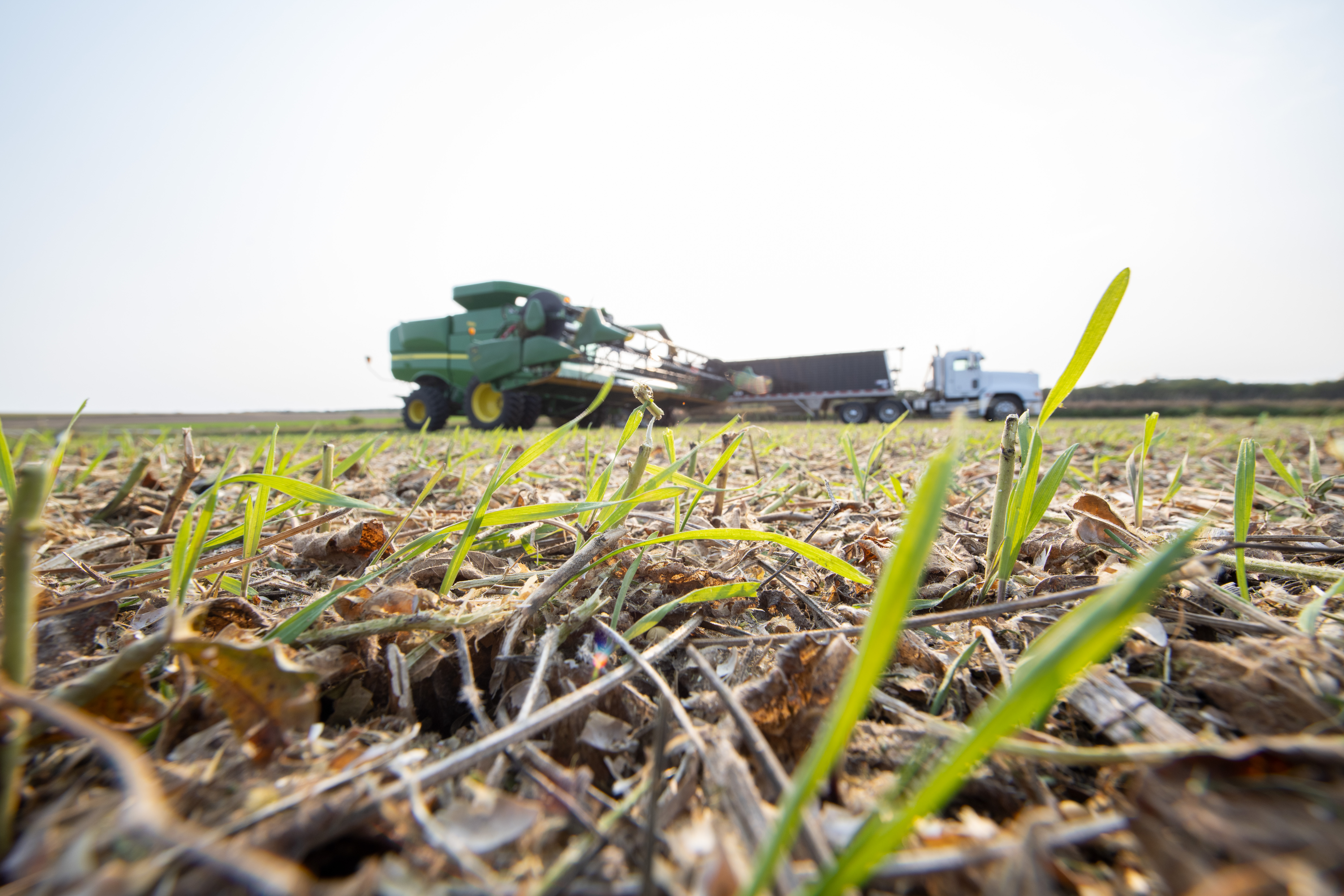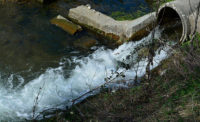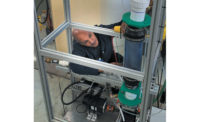Dissolved air flotation (DAF) plays an important role in processing wastewater streams containing heavy loads of fats, oils, greases, and organic and inorganic particles. The critical mechanisms to maintain within the DAF include: a contact zone with high densities of small bubbles (~40-80 micron bubble diameters), conditions within that zone which promote connection of neutralized particles to those bubbles, floating the particle/bubble groups to the surface, and removal of those solid groups in the DAF float. Pretreatment to the DAF system can result in higher DAF treatment capacity, excellent chemical savings, reduced maintenance costs and improved effluent quality. It can also reduce water content in the final solid waste which can potentially lead to significant reductions in sludge disposal costs.
A large body of research regarding DAF theory, operation and efficiency has been published since the 1970s. Key findings with respect to optimum DAF operational conditions have been published by prominent DAF experts And are well summarized by Edzwald.1 The author describes several points, two of which are of particular interest when evaluating the use of a prefilter in front of a DAF.
• For air bubbles between 40 and 80 microns in diameter (common in most DAF systems), the optimum size particle to deliver to the DAF is between 25 and 50 microns when a coagulant is used to neutralize the charges on the particles. When these conditions are met, a single bubble can efficiently attach to a single particle and still achieve maximum rise rates. (See Figure 1-1.)
• When particles become larger (100-200 microns), several air bubbles may be required to float a single particle. This can result in much lower rise rates for the particle-bubble group if the required number of bubbles do not properly attach to the particle, yielding lower flow rates for the DAF. Also, larger particles may require several bubbles to achieve the desired rise rate, and those bubbles can easily become separated as the particle/bubble group interacts with other rising particles, resulting in the large particle settling to the bottom of the DAF. (See Figure 1-2 and 1-3.)
An emerging technology trend in wastewater stream remediation is to place a self-cleaning prefilter before the DAF. This step delivers the desired particle size of 25- 50 microns to the DAF, which facilitates higher contact efficiencies in the contact zone. However, this is a very difficult filtration step as the filter must be able to handle very high levels of fats, oils, and greases (up to 1 percent) and very high levels of soft, sticky solids (commonly 500- 10,000 mg/L), plus remove all particles greater than approximately 50 microns – all in a continuous, high water recovery mode.
When an effective prefiltration technology is used, the solids loading to the DAF is typically reduced by 20-40 percent and the resulting DAF chemical usage can be decreased by more than 40 percent. Additionally, the resulting floatant has a higher solids content and less sludge sinks to the bottom -- reducing maintenance and disposal costs. With a return on investment of one year or less achievable, it is anticipated that prefiltration for DAF will grow in popularity.
- Edzwald, James K., “Dissolved air flotation and me”, Water Research, 44, 2010, pp. 2077-2106.




Report Abusive Comment